This Post May Contain Affiliate Links. Please Read Our Disclosure Policy.
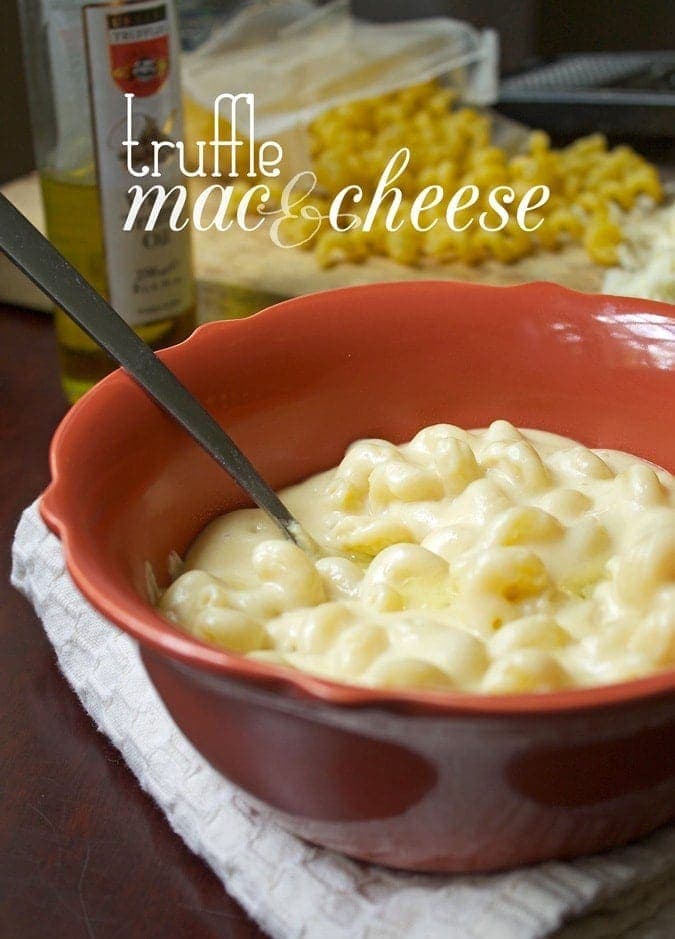
What Inspired This Recipe
I first experienced real, honest-to-God truffles when I was visiting Italy a few years ago. Sliced across a pizza, they were earthy and flavorful, but they didn’t overpower the fresh mozzarella. I fell in love, and that was that.
In the States, it’s almost impossible to get (slash afford) fresh truffles, unless you live in the Pacific Northwest. Funny, truffles just don’t seem to grow in the swampland of the Southeastern United States, so we have to make do. Truffle oil comes relatively cheap and powerful, just a little goes a long way. It practices alchemy on everyday dishes, catapulting them into a stratosphere of unexpected flavor. It turns scrambled eggs into a weekend treat, weeknight popcorn into a gourmet pleasure, french fries into a don’t-speak-just-eat occasion, and mac and cheese into a special side dish reserved for a general need to indulge or impress.
Granted, food-lovers and chefs have a love-hate relationship with truffle oil. Why? Most truffle oil is not actually made from truffles, but rather, infused with the same naturally-occuring chemical component in truffles that gives them their.. truffliness. But, unless you’re hoping for your first Michelin star and need a front of pretense, go with it! Truffle oil is delicious and economical. You can find a large bottle of Urbani white truffle oil at Costco for about 20 bucks, and it will last you at least a year.
Urbani is considered one of the top brands of truffle oil, and it’s what we’re using for an upcoming gift to friends. Looking for truffle oil infused with actual truffles? It’ll cost you a little more, but the aromatic complexity of this “real stuff” will blow your mind.

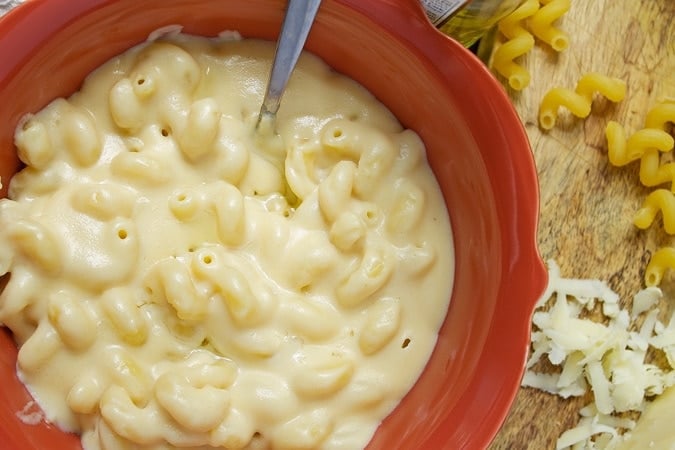
Stirred into my famous, creamy mac and cheese, this truffle mac and cheese is by far and away one of O’s favorite dishes of all time. It’s the first thing he requests when I announce I’m making a special dinner–before he asks for any sort of meat or dessert. It’s that good.
Tips for Success
I use a blend of white cheeses for deep flavor and cook the cheese sauce long enough to melt into itself, producing the creamiest mac and cheese you’ve ever eaten, ever. A bit of truffle oil provides an earthy aroma that rounds and deepens the flavor. A touch of Dijon mustard adds to the complexity.
Looking for a dish to upgrade any dinner, ever? Make this..
…now.
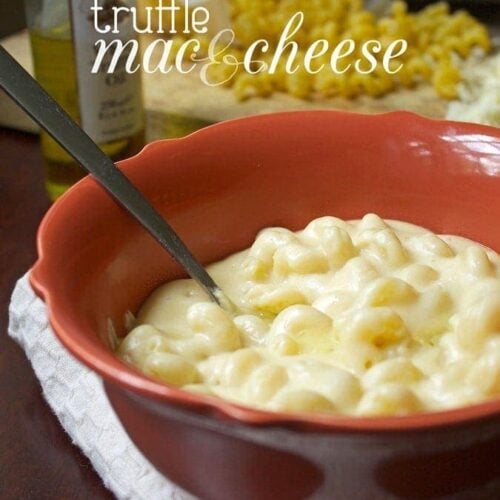
Truffle Mac and Cheese
Ingredients
- 1 ¾ cups freshly grated white cheddar (no pre-shredded cheese; it won’t melt properly)
- ¼ cup freshly grated smoked Gouda (or use all cheddar)
- 1 cup whole milk , heated
- 2 tablespoons flour
- 1 tablespoon butter
- ½ teaspoon French Dijon mustard
- ½ – 1 teaspoon white truffle oil
- 1 teaspoon salt
- ¾ cup elbow noodles , uncooked, or 1 cup cavatappi
Instructions
- Melt butter in a medium saucepan over medium heat. Sprinkle flour over and whisk in well. Cook for 1-2 minutes, or until a beautiful, golden roux.
- Slowly pour in milk and whisk in until very smooth. Lower heat to low and sprinkle in cheese. Stir in and cook until melted and smooth, at least 30 minutes (up to 1 hour).
- Meanwhile, cook pasta in a large pot of very salted water until al dente. Drain and pour into cheese sauce. Let meld together for a few minutes, then add in 1/2 teaspoon white truffle oil and Dijon mustard. Taste and adjust seasoning, possibly adding more truffle oil (different varieties vary in strength). Serve immediately.
You can really use any variety of cheese here that you like–I like how the sharpness of a white cheddar marries the elegant earthy tones of the truffle, as well as the sophisticated alabaster hue. But if you like, you can absolutely use regular cheddar, a bit of Gruyère, Havarti.. whatever!
Approximate Information for One Serving
Nutrition Disclaimers
Number of total servings shown is approximate. Actual number of servings will depend on your preferred portion sizes.
Nutritional values shown are general guidelines and reflect information for 1 serving using the ingredients listed, not including any optional ingredients. Actual macros may vary slightly depending on specific brands and types of ingredients used.
To determine the weight of one serving, prepare the recipe as instructed. Weigh the finished recipe, then divide the weight of the finished recipe (not including the weight of the container the food is in) by the desired number of servings. Result will be the weight of one serving.
Did You Make This Recipe?
Tag @40aprons on Instagram and be sure to leave a review on the blog post!
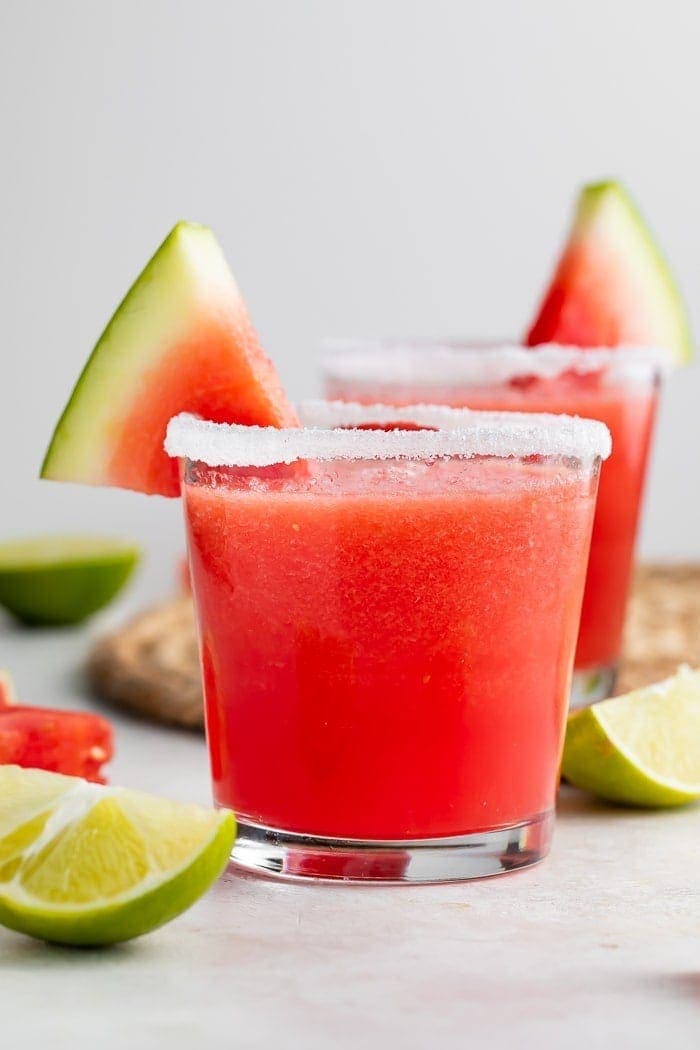
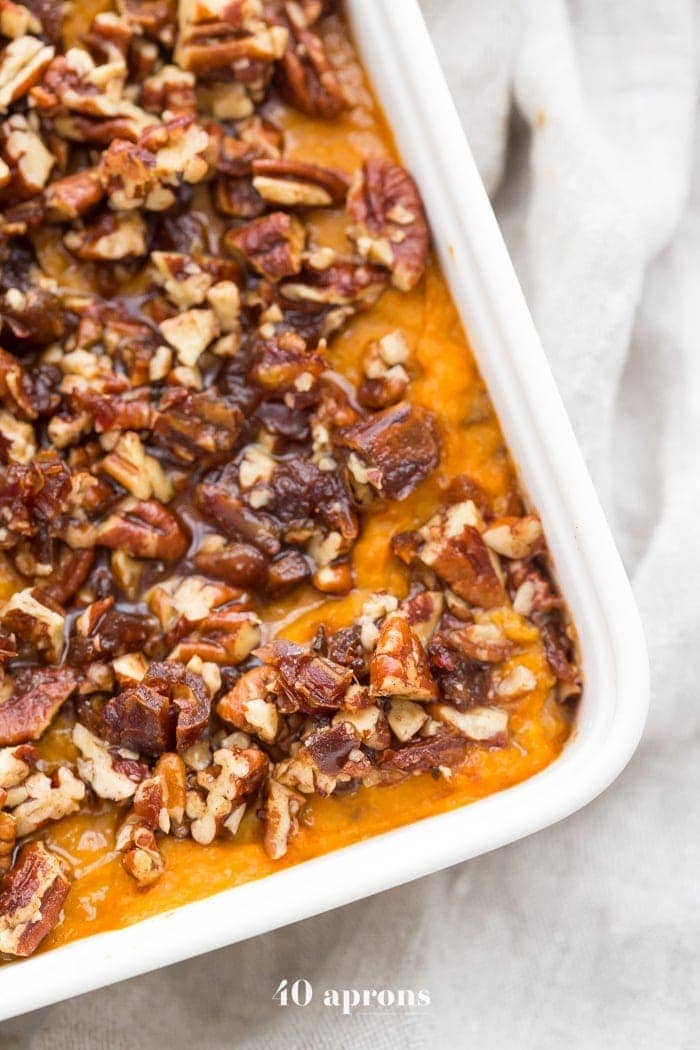
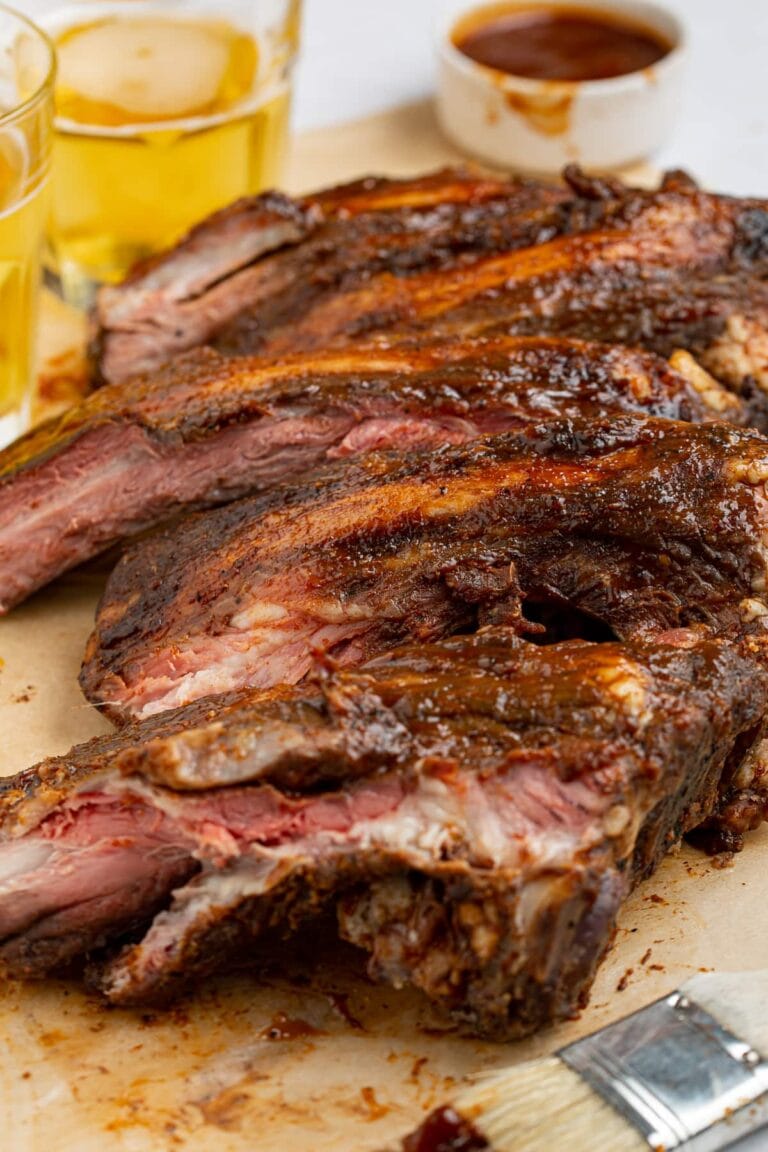
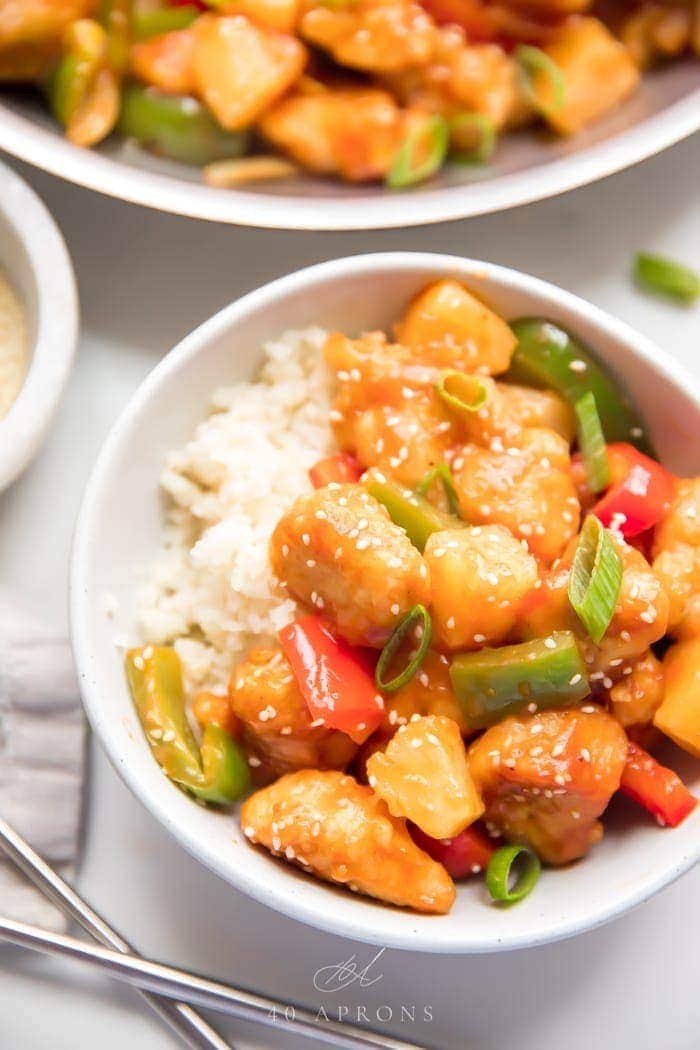
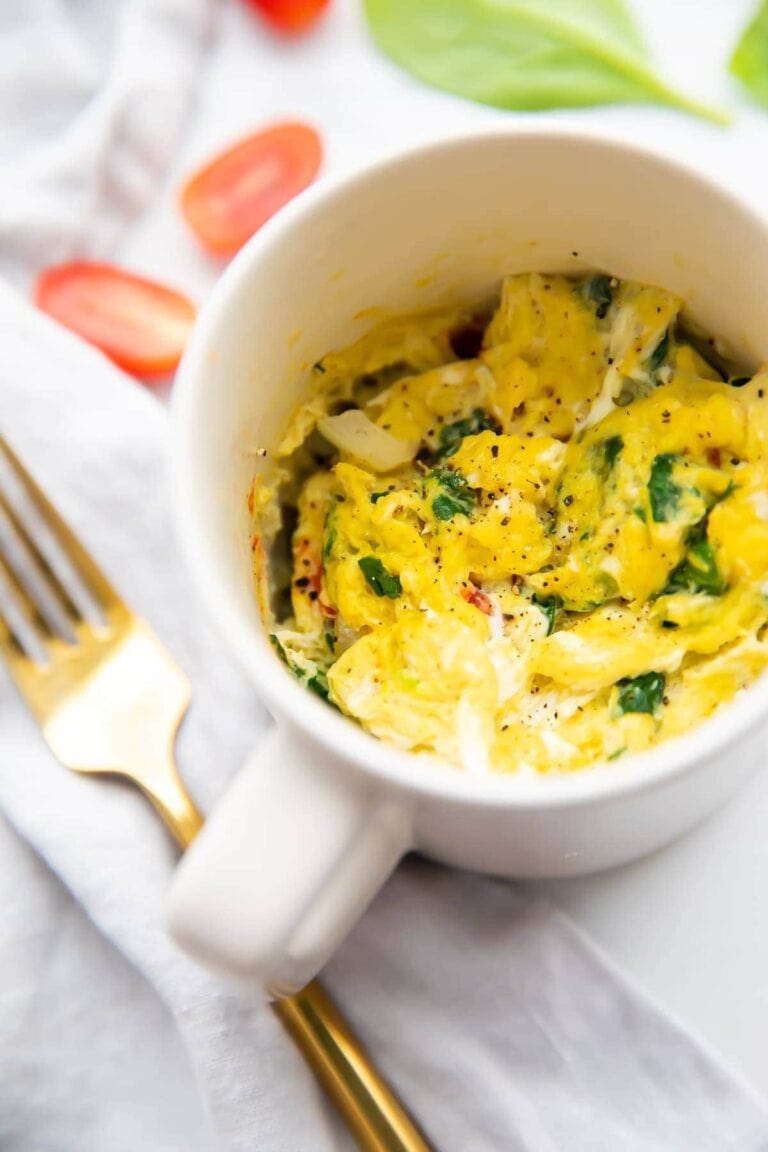










Never Miss A Meal!
New Recipes Straight To Your Inbox
A curated selection of our most recent recipes, delivered straight to your inbox once a week.
Thank you!
You have successfully joined our subscriber list.